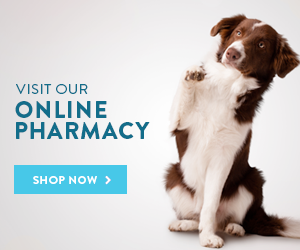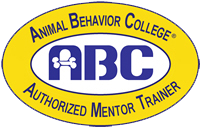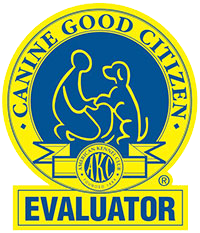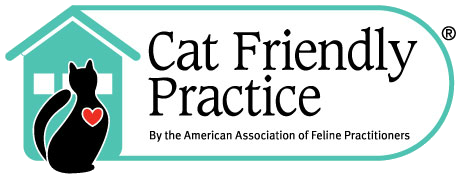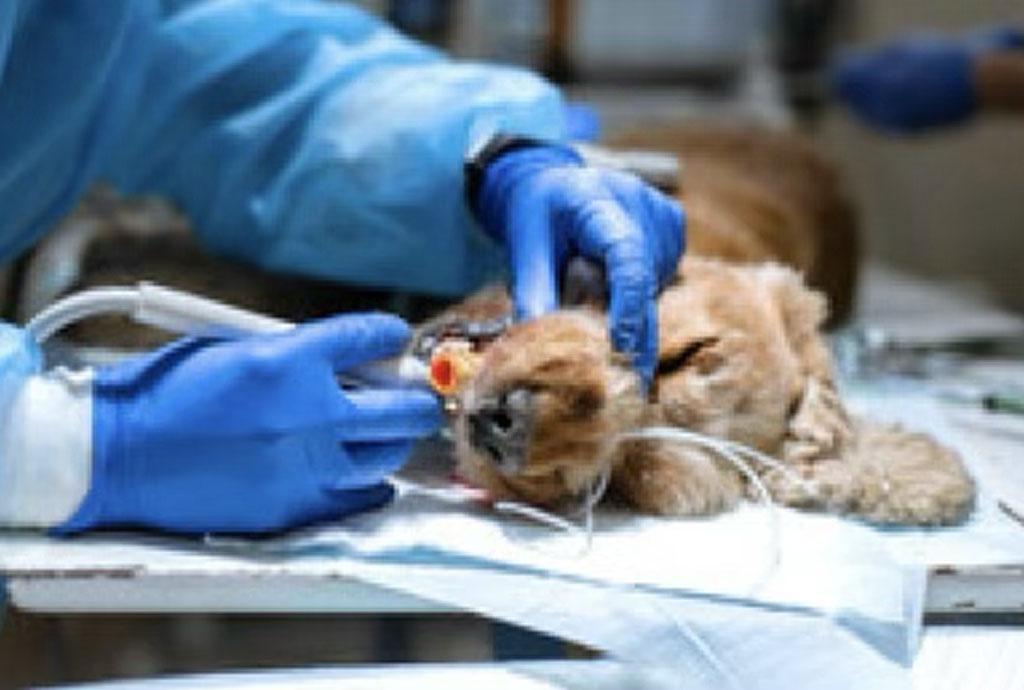
When it comes to our four-legged companions, more than ever clients are becoming more involved in their pet’s healthcare. This is positive because we all want the best care for our pets. Research has shown over the years that finances are not what turns clients away from dental cleanings for their pets. What makes clients nervous about dental health is putting their pets under general anesthesia.
The month of February we like to focus on oral health for your pet, let’s address the elephant in the room. Anesthesia free dental cleanings. These procedures have become more and more popular. First, and foremost, it is assumed that the anesthesia free dental scaling that the groomer offers at their facility or a mobile unit that comes to your house are the same procedures done at the veterinary office, except the highlight is the pet is not put under general anesthesia. In fact, it has been said that anesthesia is dangerous for your pet and it’s just another added cost. On the contrary, anesthesia free dentistry is dangerous and extremely harmful to your pets and their oral health.

In most countries, only licensed veterinarians and licensed or properly trained nurses can legally practice veterinary medicine, including veterinary dentistry (AVDC, 2004). Groomers or other untrained individuals who perform dental scaling can be charged with a criminal offense (AVDC, 2004). These untrained individuals are not treating periodontal disease below the gumline where it starts. In addition, to perform an appropriate oral exam of their pet’s mouth. They are not trained to recognize oral pathology, they are unable to see beneath the tongue or oral mucosa far back in the mouth, which can only be properly evaluated while the pet is anesthetized or sedated (AVDC, 2004). Often, anesthesia free dentistry only serves to make pets weary of having their mouth touched or examined when in the veterinary office during the examination.
A new question arises, why can’t your veterinarian or licensed veterinary technician perform anesthesia free dental cleanings? The answer to this question is because our patients cannot be awake and will simply not allow us to clean below the gumline where periodontal disease beings. These areas are often sore, and even a slight head movement could result in tissue damage to your pet (AVDC, 2004; Bellows et al., 2019). All of the tooth surfaces cannot be properly visualized, and areas of disease are likely to be missed.
A complete oral examination, including measuring periodontal pockets and taking dental radiographs, is not possible in awake patients, even by trained veterinary staff (AVDC, 2004). Anesthesia free dentistry is not recommended by the American Veterinary Dental College, the American Veterinary Medical Association, the Canadian Veterinary Medical Association or the British Veterinary Dental Association, and position statements warning of its dangers can be found on their websites (AVDC, 2004; BVDA, 2013; CVMA, 2018; AVMA, 2021).
AAHA (2021b) Essential steps of dental cleaning and therapy. American Animal Hospital Association. Available at: https://www.aaha.org/aaha-guidelines/dental-care/essentials-steps/essential-steps/
AVDC (2004) Companion animal scaling without anesthesia. American Veterinary
Dental College. Available at: https://avdc.org/about/#pos-stmt
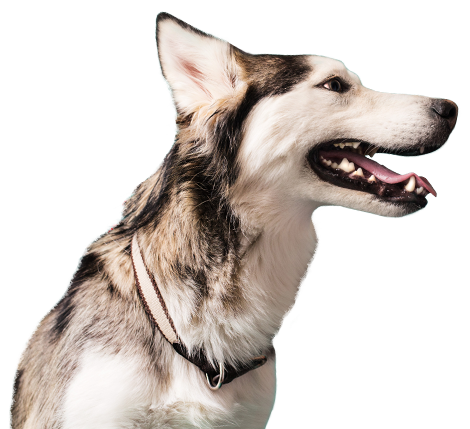
Contact Us
Regular check ups with a veterinarian are important for your pet's health. Contact us today to schedule your next appointment.

